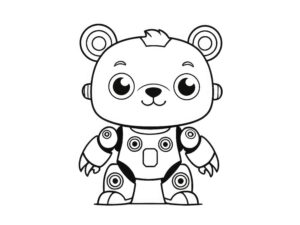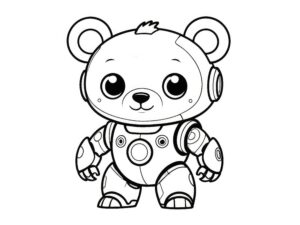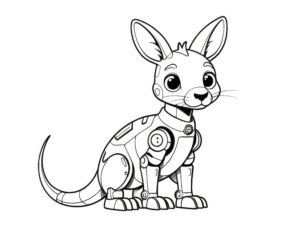Coloring therapy is quickly gaining recognition as a highly effective learning technique for preschoolers, often surpassing traditional educational methods. Here is a detailed comparison based on different aspects:
Comparison of Coloring Therapy and Other Educational Methods
Engagement and Interaction
- Coloring Therapy: This creative, hands-on activity allows children to express their emotions, making it an effective way to release feelings, especially in stressful situations like hospitals where children may feel scared or vulnerable.
- Traditional Approaches: These methods often involve structured activities such as storytelling or direct teaching. While they can also engage children, they don’t offer the same emotional comfort or creative freedom as coloring therapy.
Cognitive Development
- Coloring Therapy: It helps children develop fine motor skills while enhancing cognitive abilities by manipulating crayons and colors. As they fill in images, they learn to recognize colors, shapes, and spatial awareness.
- Other Educational Approaches: Although methods like STEM education focus on problem-solving and critical thinking, they don’t provide the immediate emotional benefits that coloring offers. Traditional approaches often rely on rote learning, which is less engaging for preschoolers than creative activities.
Emotional Benefits
- Coloring Therapy: Proven to significantly reduce anxiety in children, coloring therapy is a valuable tool in stressful situations like hospitalization. Research shows that it provides comfort and reduces stress.
- Other Methods: While activities like storytelling and interactive play can promote emotional development, they don’t address anxiety as effectively as coloring therapy, as they often focus more on social interaction than individual emotional expression.
Flexibility and Accessibility
- Coloring Therapy: Easily adaptable to various settings, from hospitals to classrooms, it requires minimal resources—just paper and coloring tools.
- Traditional Educational Methods: These may require more structured environments or specific materials (like technology for STEM education), making them less practical in certain situations.
Conclusion
While both coloring therapy and traditional educational methods have their strengths, coloring therapy stands out for its unique ability to combine cognitive development with emotional support. It offers a flexible, engaging way for preschoolers to learn while also addressing their emotional needs, making it an important addition to early childhood education strategies.
Effectiveness of Coloring Therapy
- Research Findings: Studies indicate that coloring therapy significantly lowers anxiety levels in preschoolers. For instance, one study involving children undergoing chemotherapy showed a marked decrease in anxiety levels after coloring interventions. Another study found that severe anxiety in hospitalized children decreased from 45% to 20% following coloring therapy
- Mechanism: Coloring provides a creative outlet that helps children express emotions and distracts them from stressors, making it particularly effective in high-anxiety situations like medical procedures or hospital stays.
Comparison with Other Therapies
Play Therapy
| Aspect | Coloring Therapy | Play Therapy |
|---|---|---|
| Focus | Individual emotional expression | Broad psychosocial development |
| Engagement | Highly engaging through creativity | Engaging but may require more structure |
| Anxiety Reduction | Directly targets anxiety through art | Addresses various emotional issues |
| Research Support | Strong evidence of effectiveness | Effective but varies by approach |
- Effectiveness: While play therapy is beneficial for overall emotional development and can address various issues, coloring therapy specifically targets anxiety and has shown immediate results in stressful situations.
Cognitive Behavioral Therapy (CBT)
| Aspect | Coloring Therapy | Cognitive Behavioral Therapy (CBT) |
|---|---|---|
| Approach | Creative and expressive | Structured and cognitive |
| Duration | Short-term intervention | Longer-term process |
| Target Audience | Primarily young children | Older children and adults |
| Anxiety Reduction | Immediate relief | Gradual change through coping skills |
- Effectiveness: CBT is well-established for treating anxiety but may not be as accessible or engaging for preschoolers compared to the immediate and playful nature of coloring therapy.
Conclusion
Coloring therapy is particularly effective for reducing anxiety in preschoolers, especially in high-stress environments like hospitals. While other therapies such as play therapy and CBT have their strengths, coloring therapy offers a unique combination of engagement, emotional expression, and immediate anxiety relief, making it a valuable tool in early childhood settings.
Free download: Colouring pages









